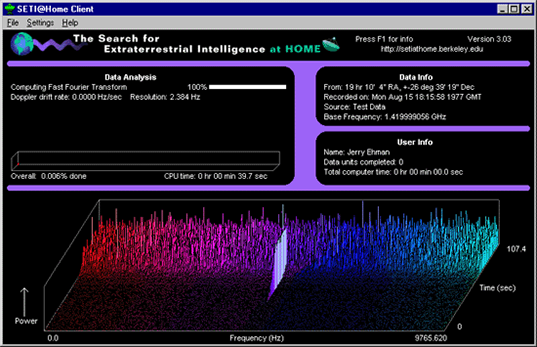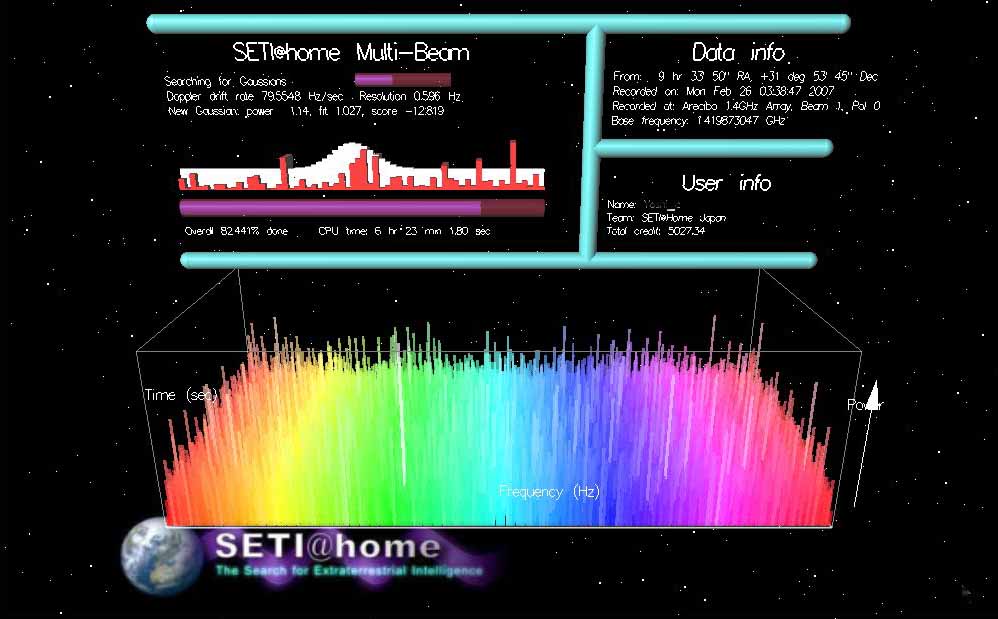


To process the volumes of radio data involved, previous SETI projects relied on special-purpose supercomputers that were located on the facility grounds. This is intensive work, seeing as how naturally-occurring radio transmissions are very common in the Universe and human activities (from radar, satellites, and modern communications) produce a considerable amount of interference that has to be filtered out. To break it down, conventional SETI efforts rely on radio telescopes to listen for narrow-bandwidth radio signals from space. The reason, they claim, is that the program’s network has become too big for its own britches and the scientists behind it need time to process and share all the results they’ve obtained so far. And after twenty years, the program recently announced that it has gone into hibernation. The program was appropriately named and would rely on the computers of volunteers to process radio signals for signs of transmissions. The brainchild of computer scientist David Gedye, this program would rely on large numbers of internet-connected computers to sort through the volumes of data collected by institutions participating in SETI efforts. In May of 1999, the Berkeley SETI Research Center launched a citizen-science program that would make the Search for Extra-Terrestrial Intelligence (SETI) open to the public.


 0 kommentar(er)
0 kommentar(er)
